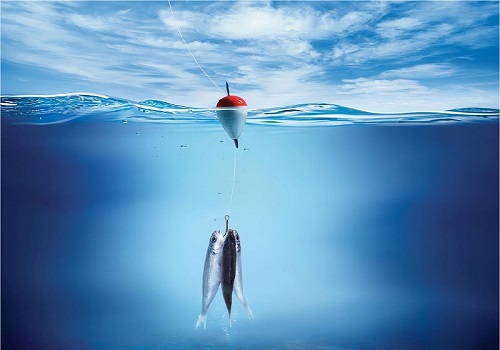How to Buy Fish Hooks That Are Reliable and Can Meet Your Needs
Newbies at the fishing sport often get
confused when selecting their fishing hooks. The most common question
among them is: Does it really matter which type, brand, or even
colour you choose? Yes, it does, and there is a bunch of factors,
such as head profile, hook gap, weight, wire gauge, colour and
overall quality, that you will need to consider in order to buy
fish hooks that
are reliable and can meet your needs.

The Hook
One of the key features that determine
a good jig is the quality of the hook. Characteristics to look for
include:
- Hook gap – the distance between the hook shaft and the hook point. Look for extra wide hook gap as it allows for maximum hook penetration even when soft baits are used;
- Sharp hook point – allows good penetration into the mouth of the fish;
- Hook's wire strength – hook wire choice is ultimately determined by application, target species, rod action, and mono versus braid.
Head Profile
Jig head profiles range from
traditional ball head style to modern skimmer head style. Both of
them have a purpose – the action and easy of use they provide
anglers.
- A ball head jig is recommended for vertical presentations as the line ties at a 90 degree angle to the hook shaft. This style works well when targeting redfish, gag grouper, or pompano in waters that are deep enough for a vertical presentation as well as for general fishing.
- A dart head is a popular option among inshore anglers. It works perfectly with all soft plastics that imitates baitfish profiles. The line ties at a 45 degree angle to the hook, making it a great choice for long casts and retrieving the lure in the relatively shallow water.
- A tube jig cam be used in a variety of environments. The line ties at 60 or 90 degree to the hook shaft and the lead is distributed along the first third of the hook shaft. It is recommended to access areas underneath docks and mangroves.
Weight and Colour
According to anglers experts, to be
right the weight needs to be just enough to get the jig to the bottom
and also provide the most natural action without appearing
unconventional to the fish. But there are scenarios that require
heavier jig heads, for example, when fishing excessively deep water
dealing with strong current.
When it comes to jig head colour, it
should match the shades and hues of the bait being used or in other
cases, choose the default lead colour.
Understanding the characteristics of a
fish hooks will help you make the best decision when looking to buy
fish hooks.


Comments
Post a Comment